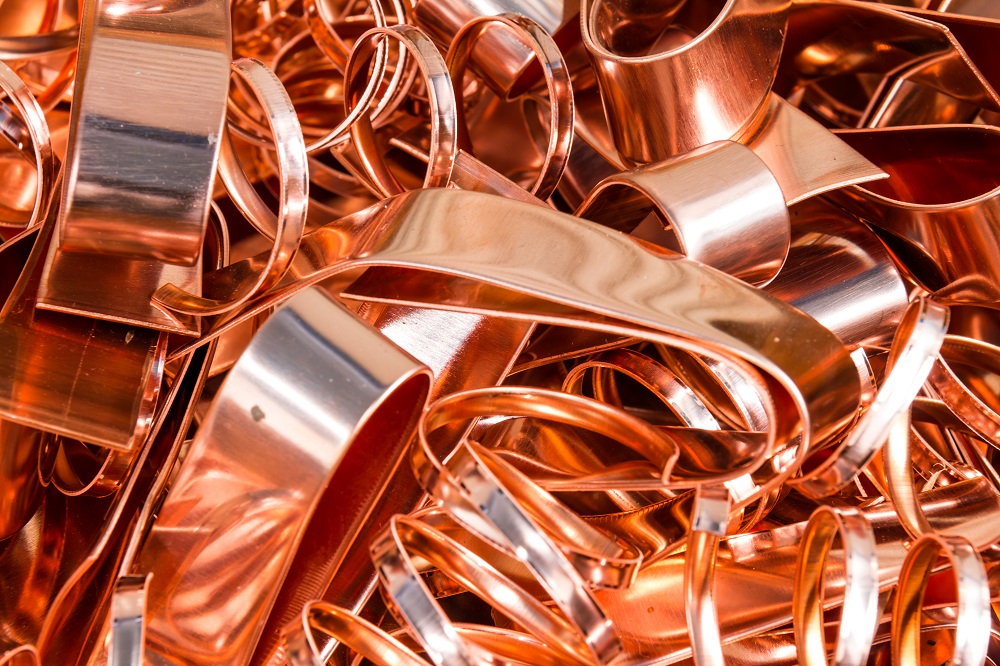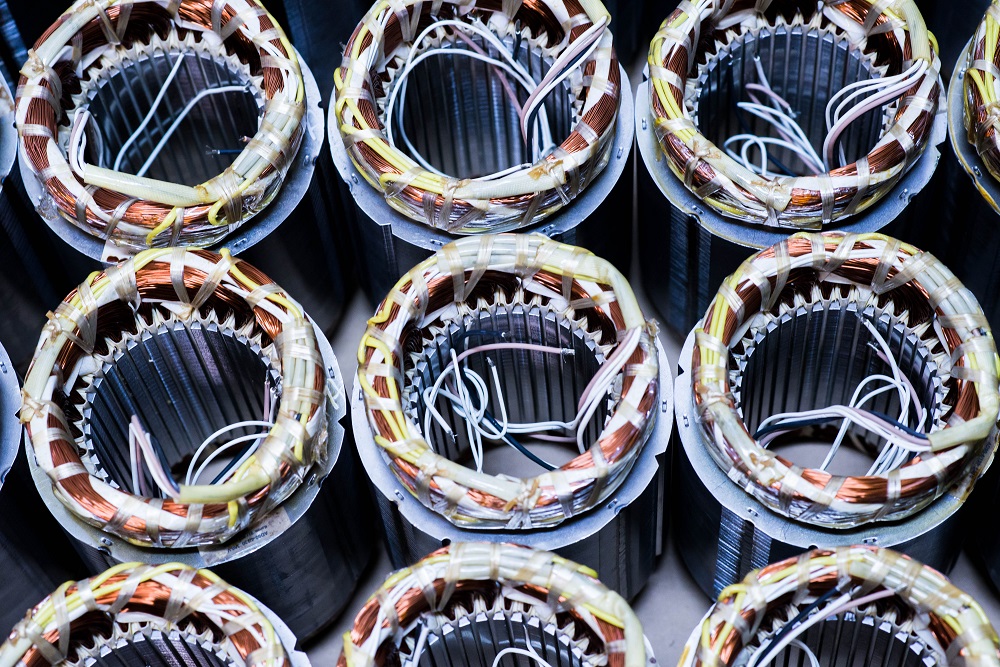Copper Recycling: a Sustainable Solution


Since the 1960s, the total demand for copper has surged to 250 per cent, from 5 million tonnes to 20 million tonnes. However, copper is 100 per cent recyclable, a majority coming from copper wire recycling. With the increasing demand, recycling can put a dent to many markets producing a valuable resource like copper.
Market Benefits
It serves as an alternative to mined copper.
Nearly 40 per cent of global copper production is derived from secondary sources: end-of-life products or factory waste. In Europe alone, according to the International Copper Study Group, half of the copper used comes from recycling.
It preserves the balance between market output and market demand.
Recycling helps producers and consumers strike a balance in the market. This avoids output shocks and market price fluctuations that are common among metal commodities.
Ecological Benefits

It avoids the depletion of natural resource reserves.
By conserving raw materials, natural copper reserves are preserved. This ensures that the next generation will have a ready resource for future consumption.
It conserves energy.
Copper recycling can conserve energy by at least 40 per cent to a maximum of 85 per cent. Globally, it saves 100 million MWh of energy from electricity.
It decreases environmental pollution.
Recycling significantly limits solid wastes and carbon emissions. With less processing, the need for waste disposal is significantly reduced. Also, with less energy use, the world saves 40 million tonnes of carbon dioxide every year.
Copper is everywhere, from coins to electrical products. However, it is the most recyclable material. As such, resource sustainability can be reached. Hence, the market and environment both win.




